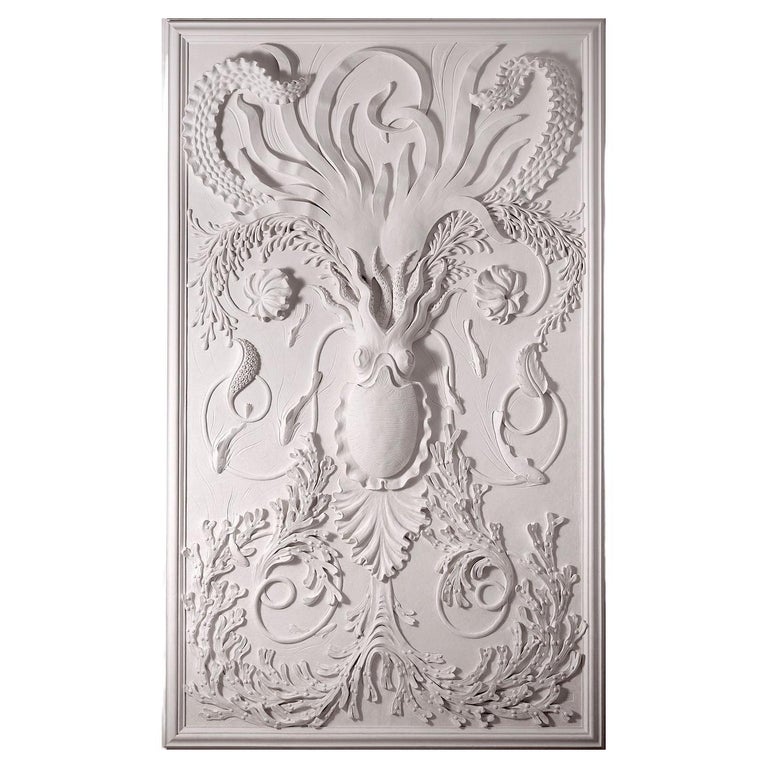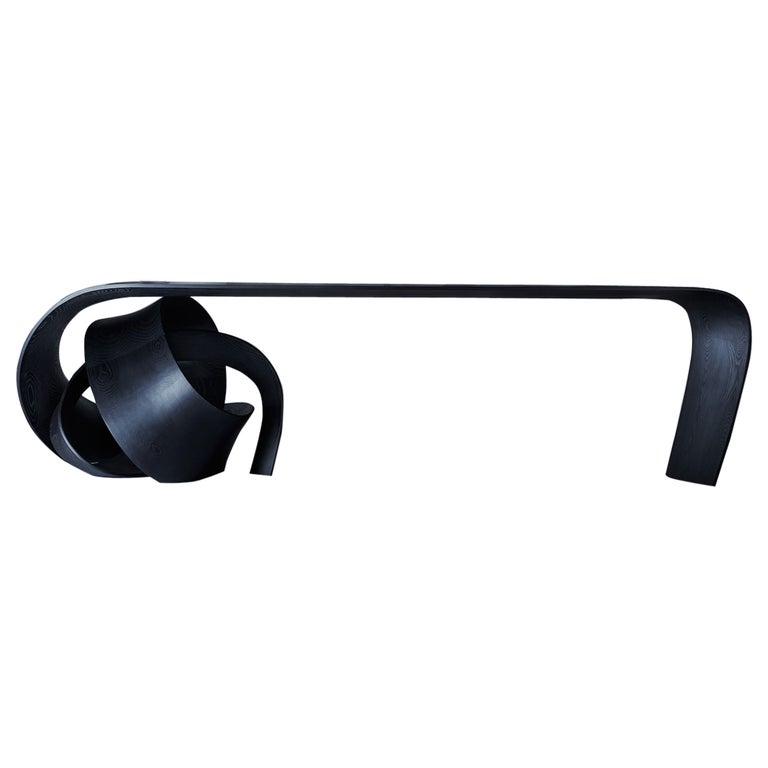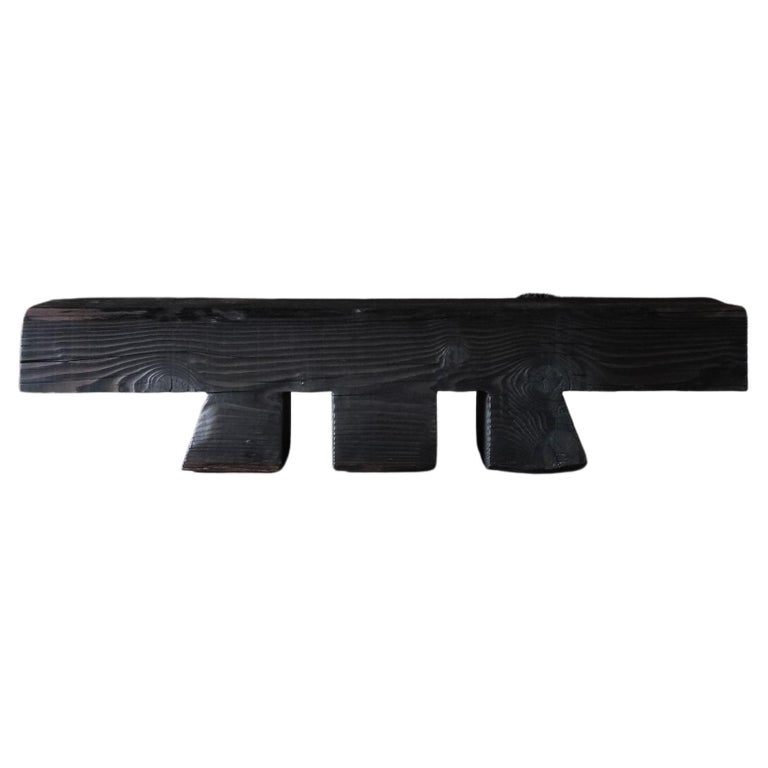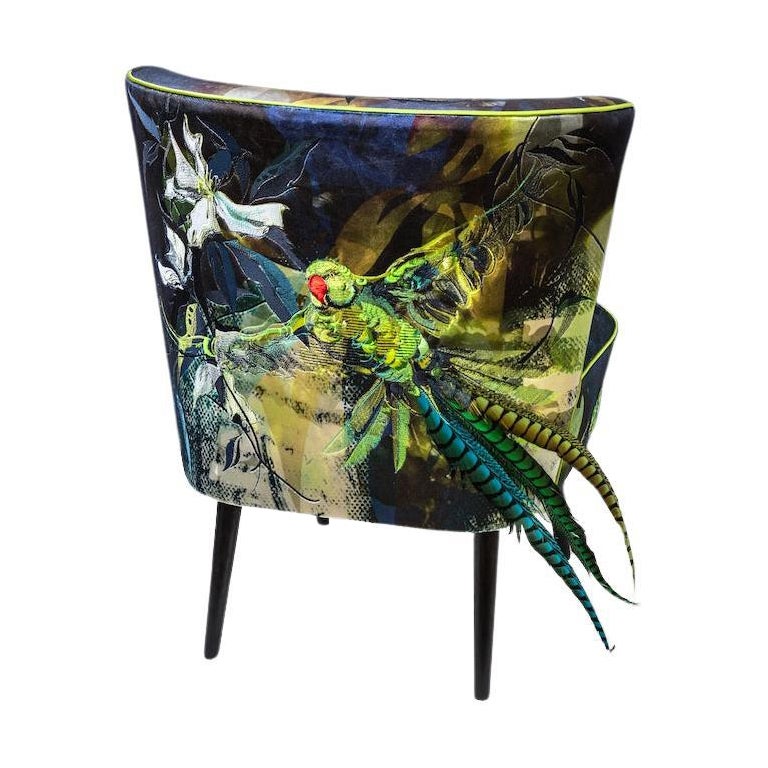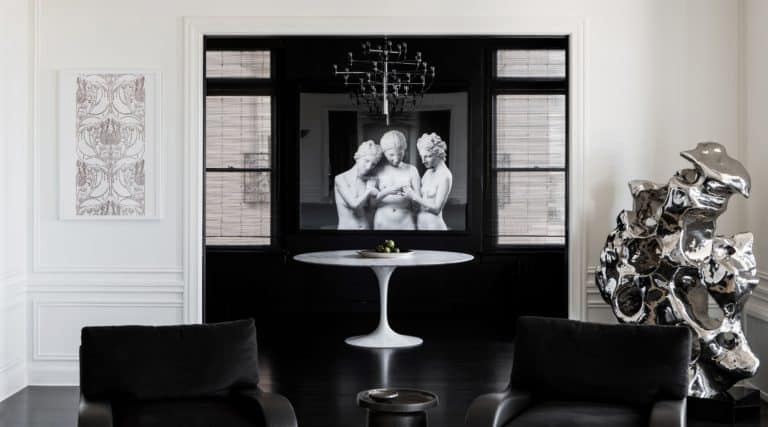
August 18, 2024As a writer covering all things design, London-based Helen Chislett was connecting artists and makers with collectors long before she established her online gallery in 2013. “I initially provided an arts advisory service, which I likened to matchmaking,” she says laughing. “It was a case of getting people together and saying, ‘You need to meet this person and make magic together.’ It came naturally to me because I was absorbed in both worlds, writing about the people making art and those seeking it for their own visions, be they architects or interior designers.”
Having penned more than 20 books on design-related topics and spent four decades working as an arts correspondent for such publications as the Financial Times, the Wall Street Journal, the Telegraph and 1stDibs’ own Introspective magazine, Chislett has acquired a breadth and depth of knowledge across creative disciplines that makes her an expert in fine art, interior design, antiques, architecture and even garden landscaping.
But it was writing about unique craft objects — their expressive power and handmade intricacies — that sparked her passion, setting her upon a powerful path of discovery. Chislett became fiercely engaged in championing modern artisans who convey complex ideas and emotions through their work, so much so that two years ago, she teamed up with furniture maker David Linley (also known as David Armstrong-Jones, 2nd Earl of Snowdon) to write Craft Britain: Why Making Matters, a book devoted to their favorite UK-based creators.
“I’ve always been drawn to elite craftsmanship,” she says Chislett, who offers works in a range of media, including metal sculpture by artist Thomas Joynes, wooden furniture by architect Riccardo Monte and handmade quilts by textile artist Emily Campbell. “I realized early on in my career what a valuable tool it could be for discerning interior designers and developers keen to make an arresting visual statement in an intimate space that was separate from the gallery environment. You can commission something nobody else has, that’s totally tailored to you.” Indeed, every piece in her shop’s inventory can be made to order, allowing customers to specify their personal customizations.
One of the first makers she represented was Jessica Zoob, a fine artist who creates bright, dreamy canvases by gradually applying and subtracting layers of paint for an ethereal effect that looks almost like tapestry.

Chislett and her husband, John, have hung pieces by Zoob in their living and dining rooms. The large-scale oil in the living room is symbolic in more ways than one, says Chislett. “It’s called Just an April Day and captures that moment between sunlight and rain. But it also references the ‘April day’ of our emotions, those times when you feel you are on a roller-coaster of ups and downs,” she explains. “I first fell in love with it when we were trying to buy this house but the negotiations were up and down, off and on. I promised myself I would treat myself to it if we were successful. We have been here seventeen years now, and it has been a very calming presence throughout. It also marks the start of my friendship with Jessica.”

On her roster, too, is the British embroidery artist Jacky Puzey, who blends digital technology with traditional needlework. Using a rich assortment of materials like velvet, silk, faux fur, feathers, tweed and organza, Puzey creates bespoke furniture embellished with detailed wildlife scenes. Her fantasy landscapes are explosions of color that incorporate floral motifs and lifelike animals, from leopards on the prowl to preening peacocks. It’s no surprise that her elaborate textiles have been featured on the HBO dramas Game of Thrones and House of the Dragon.
“Beautifully made craft objects help to start conversations. They take you on a journey,” Chislett observes. “One client commissioned Jacky’s velvet ottoman and asked if she could work a line of poetry, written in Hebrew, into the design. Jacky did it meticulously so that the words were visible when the seat was lifted — a lovely way of adding a touch of mystery to an already magical object.”

A relatively new addition to the gallery is the British architectural sculptor Geoffrey Preston, who creates extraordinary hand-modeled plaster moldings and carved reliefs inspired by the romantic motifs of Rococo ornamentation. As intricate as lace, his elaborate and often allegorical designs grace the walls and ceilings of a number of aristocratic UK residences, including Thornhill House, in Dorset, once home of James Thornhill, Britain’s great baroque painter.
“I admire Geoffrey for the versatility he brings to his art, from the restoration of historic country house ceilings to his own baroque-influenced compositions, such as his Sea Garden and Flower Garden panels,” says Chislett. “I am very lucky to have one of his smaller panels in my dining room, and it always attracts comment and interest. It was heartening to see him awarded an MBE in the final Birthday Honours of Queen Elizabeth II — a sign of the true excellence of his work.”


Chislett is perpetually on the lookout for craft experts. “My antennae are always pointing up,” she says. One of her latest recruits is young British maker Tom Vaughan, who specializes in knot-shaped sculpture and furniture hand-shaped from different woods, metals and synthetic materials. Sinuous and ribbon-like, his elegant designs curve and twist like cursive handwriting or looping treble clefs on a musical score. They also recall the monumental works of Henry Moore and Barbara Hepworth.

“When I was writing Craft Britain, someone recommended that I include Tom’s work, and I was simply blown away by the vision, mastery and innovation that goes into his sculptural pieces of furniture,” Chislett recalls. “Visiting his workshop compounded my instinct that he is a rare and important talent whose work will be treasured for centuries to come.”
A staunch supporter of endangered heritage crafts, Chislett believes that some of the best revivalists follow a multidisciplinary approach that advances traditional methods of practice by embracing the capabilities of modern technology.

“Digital tools and platforms can open new possibilities for makers,” she says. “For example, Tom starts with a hand-drawn sketch followed by a physical model, which is then three-D scanned and transformed into a digitized shape, allowing him to inspect and modify the silhouette. The revised and improved form is then hand carved in oak or hand cast in bronze. If you think back, Josiah Wedgwood used modern methods of manufacturing to revolutionize the world of ceramics, so we shouldn’t be frightened of new tech developments that elevate the way we make things. You always have to step back and ask, ‘What is the end result?’ If what you have is still beautiful, desirable and relevant, then the craft process remains meaningful.”


Chislett’s endeavors obviously give her much joy as she leads the charge toward a handmade renaissance. “Without wishing to sound pretentious, I’d say artisanal masterworks are like poetry,” she says. “These amazing objects have the hand, the heart, the eye and the soul of the maker within them. They are transportive, and they elicit a strong emotional response in the people that commission them. And it’s worth remembering that ordering an exclusive edition is never the easy option. It’s the brave option, because it’s a process that requires patience and a certain artistic alignment. Each piece is made so lovingly and uniquely, and that’s where the excitement lies.”

